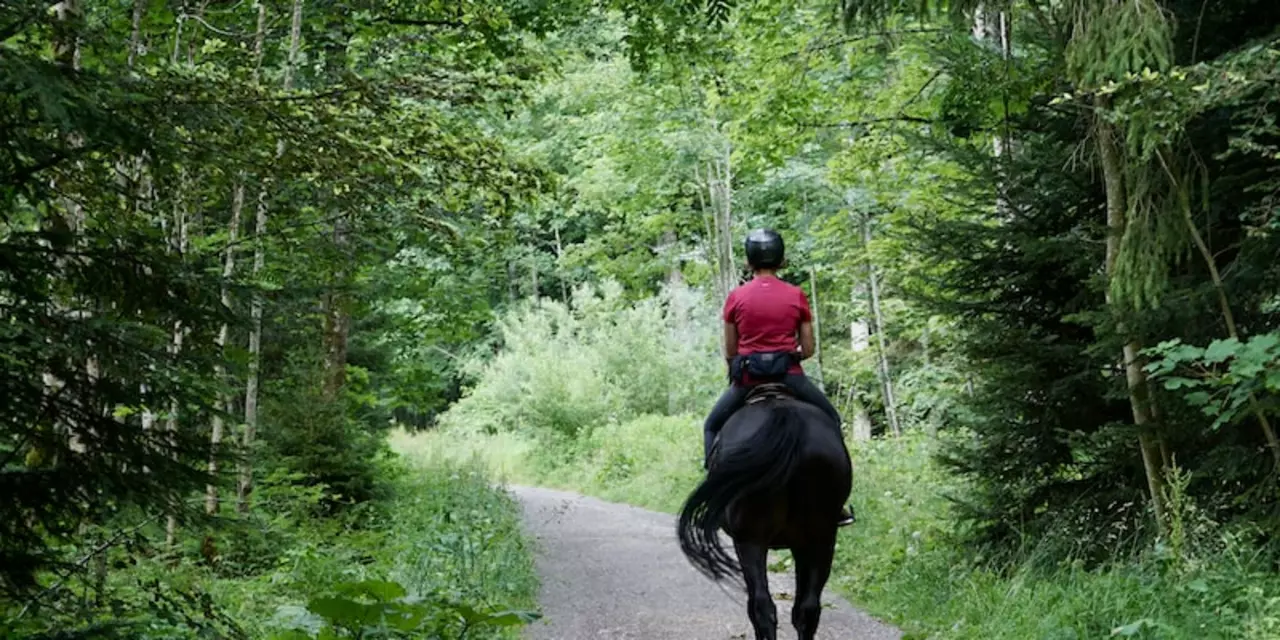Start Horseback Riding: Essential Tips for Beginners
Thinking about hopping on a horse for the first time? You’re not alone. Lots of people wonder how to start riding without feeling lost or unsafe. The good news is you only need a few basics, the right attitude, and a little patience. Below you’ll find simple steps to get you into the saddle confidently.
Getting Ready: Gear and Safety
First thing’s first – wear the right gear. A certified riding helmet is non‑negotiable; it protects your head if you fall. Pair it with sturdy boots that have a small heel – they keep your feet from slipping through the stirrups. Gloves are optional but help you grip the reins without hurting your hands.
Next, check the saddle. A well‑fitted saddle distributes the rider’s weight evenly and avoids pressure points on the horse. If you’re renting, ask the stable staff to show you how the saddle fits you. A quick adjustment can make a huge difference in comfort for both you and the horse.
First Lessons: What to Expect
Your first lesson will focus on ground work. You’ll learn how to approach a horse calmly, how to pat it, and how to lead it safely. This builds trust before you ever mount. Expect to spend about 15‑20 minutes on the ground; it’s the foundation for a smooth ride.
When it’s time to mount, the instructor will guide you through the steps: cue the horse, place your foot in the stirrup, swing your leg over, and settle into the saddle. Don’t rush – a steady, smooth motion keeps the horse calm and helps you feel balanced.
Once you’re seated, focus on your posture. Keep your shoulders back, elbows relaxed, and heels down. Your legs should lightly hug the horse’s sides. These cues tell the horse where you want to go without pulling hard on the reins.
During the first few minutes of riding, you’ll practice walking and stopping. Listen for the instructor’s gentle cues – a light squeeze with the legs to go, a soft pull on the reins to halt. It feels odd at first, but with each repeat you’ll get the hang of communicating with the horse.
After the ride, take a few minutes to stretch. Riding uses muscles you might not think about, especially in your back and core. Simple stretches for the hamstrings, calves, and lower back can reduce soreness and keep you ready for the next lesson.
Remember, learning to ride is a marathon, not a sprint. Some people pick it up quickly, others need more time. The key is consistency – regular lessons, even twice a week, help muscle memory and confidence build faster.
Finally, enjoy the process. The bond you form with a horse is unlike any other sport. Each ride teaches you something new about balance, patience, and trust. So grab that helmet, head to a local stable, and start your riding journey today.




